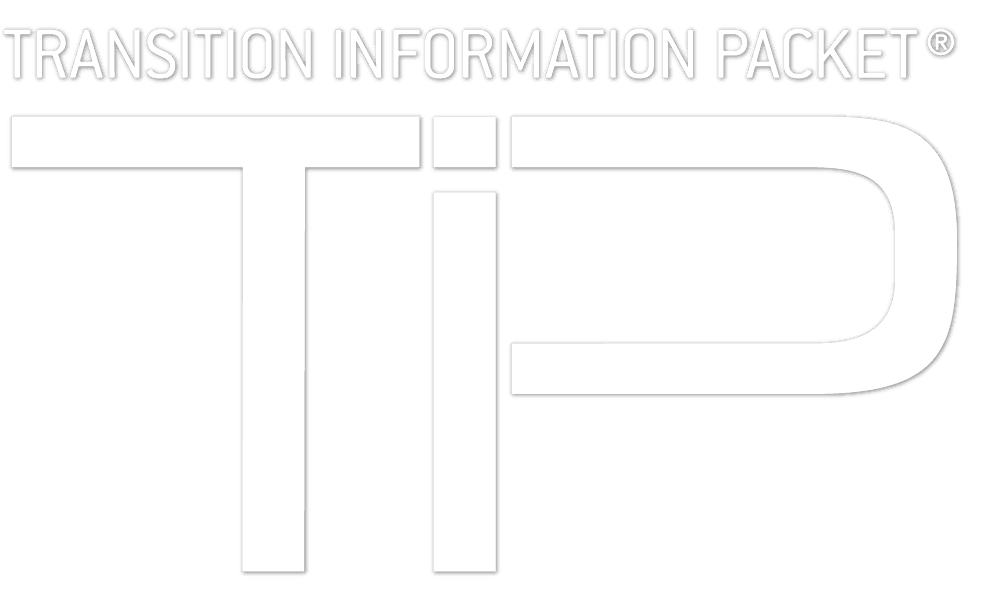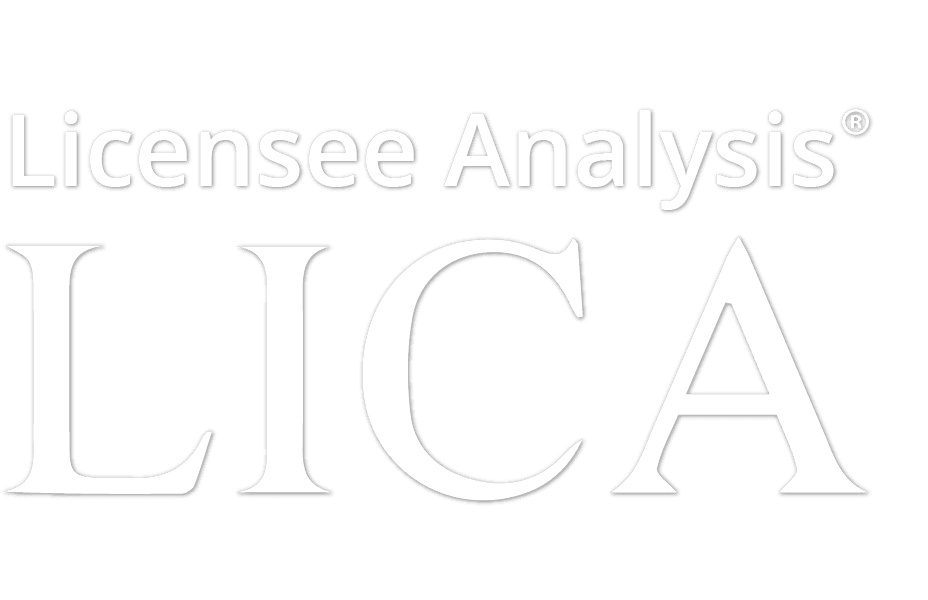According to the U.S. Department of Energy, nuclear power has reliably and economically contributed almost 20% of electrical generation in the United States over the past two decades, and remains the single largest contributor (more than 70%) of non-greenhouse-gas-emitting electric power generation in the United States.
In order to deploy this type of power, a variety of key technologies are necessary. Small modular reactors (SMRs) are best suited to small electric grids and locations that cannot support large reactors, and can serve as a “plug and play” option, which reduces capital costs and construction times. They also offer utilities the flexibility to scale production as demand changes. Currently, the most common reactors in the United States are the Boiling Water Reactors (BWR) and Pressurized Water Reactors (PWR), both variants of the Light Water Reactor (LWR). The large majority of operating LWRs are PWRs – the primary difference is the combination of pressure and the temperature of the coolant, which enables major design differences between the two types of reactors. Advanced Reactor Technologies are being explored by DOE, including the Next Generation Nuclear Plant (NGNP) to demonstrate the technical viability of high temperature gas-cooled reactor (HTGR) technology and the Advanced Reactor Concepts (ARC) program supporting research for advanced reactor subsystems addressing long-term technical barriers for the development of advanced nuclear fission energy systems utilizing coolants such as liquid metal, fluoride salt, or gas.
The general outlook for nuclear energy and its associated technologies is positive, Frost & Sullivan reports that nuclear industry has weathered the fallout of the Fukushima accident with other countries continuing to pursue their plans to invest in this type of energy. Factors that have limited the spread of this technology in Europe and North America include high capital costs, lingering safety concerns, and the trend toward de-centralized energy, but China, South Korea, South Asia, and the Middle East are reported to hold vast potential for project activity.
According to MarketsandMarkets, the Nuclear Power and Equipment Market, including BWR, PHWR, ABWR, EPR, CAREM, HTGR, AES 2006, AES 91, AES 92, KLT 405, SVBR 100, ACC 1000, CPR 1000, FBR and mPower, is driven by the rising energy demand and requirement of cleaner generation of electricity. The global nuclear power and equipment market is therefore expected to grow to approximately $67.23 billion by 2019, at a CAGR of 3.41% from 2014 to 2019. Asia-Pacific is the largest market in this industry, due to the high number of nuclear power plants, followed by Europe. Emerging markets include North America and South America, which are expected to remain dominant in the future. Some major nuclear equipment manufacturers include: Alstom SA (France), Areva SA (France), Babcock and Wilcox (U.S.), Dongfang Electric Corp. Ltd. (China), Doosan Heavy Industries (South Korea), Hitachi-GE Nuclear Energy Ltd (Japan), Korea Hydro & Nuclear Energy (South Korea), Larsen and Toubro Industries (India), Mitsubishi Heavy Industries Ltd. (Japan) and Shanghai Electric (China).
While much attention is being paid to the potential for clean nuclear energy, the task of plant decommissioning and waste clean-up is also garnering attention. MarketsandMarkets reports that the size of the global nuclear decommissioning services market is estimated to be $4.84 billion in 2016, and is projected to grow at a CAGR of 12.1% from 2016 to 2021, to reach $8.55 billion by 2021. This market is influenced by nuclear accidents, such as the Fukushima Daichii nuclear power plant accident in 2011, and increasing political pressure for pre-closure of nuclear power plants, especially in the European countries. The ecosystem of the global nuclear decommissioning services market starts with decommissioning service providers that include prominent global players as well as small and medium enterprises. Key contracting agencies include Areva Group (France), Babcock International Group PLC. (U.K.), Studsvik (Sweden), AECOM (U.S.), and Westinghouse Electric (U.S.). Global companies, given their wide geographical presence and extensive network, provide services themselves and through a larger network of third-party agencies. The end-users of decommissioning services include nuclear power plant operators and government bodies. These end-users offer contracts to service providers for decommissioning, such as Areva Group (France), Babcock International Group PLC. (U.K.), Studsvik (Sweden), AECOM (U.S.), and Westinghouse Electric (U.S.).
Conferences and industry associations are always a helpful method to learn more about markets, technical areas, and networking opportunities. The Nuclear Energy Institute (NEI) provides a conference link in its site https://www.nei.org/conferences as does the World Nuclear Association http://www.world-nuclear.org/events/otherconferences.aspx, and the International Atomic Energy Association https://www.iaea.org/events
Posted on March 19, 2018 by Eliza Gough



